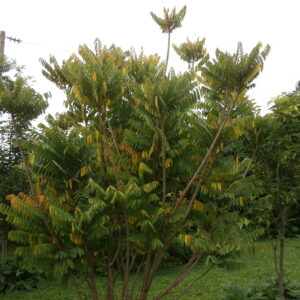
Related products
-
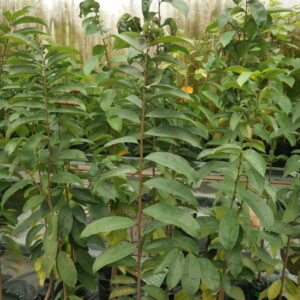
Soursop
Fruit orchard ₡3,750.00 Add to cart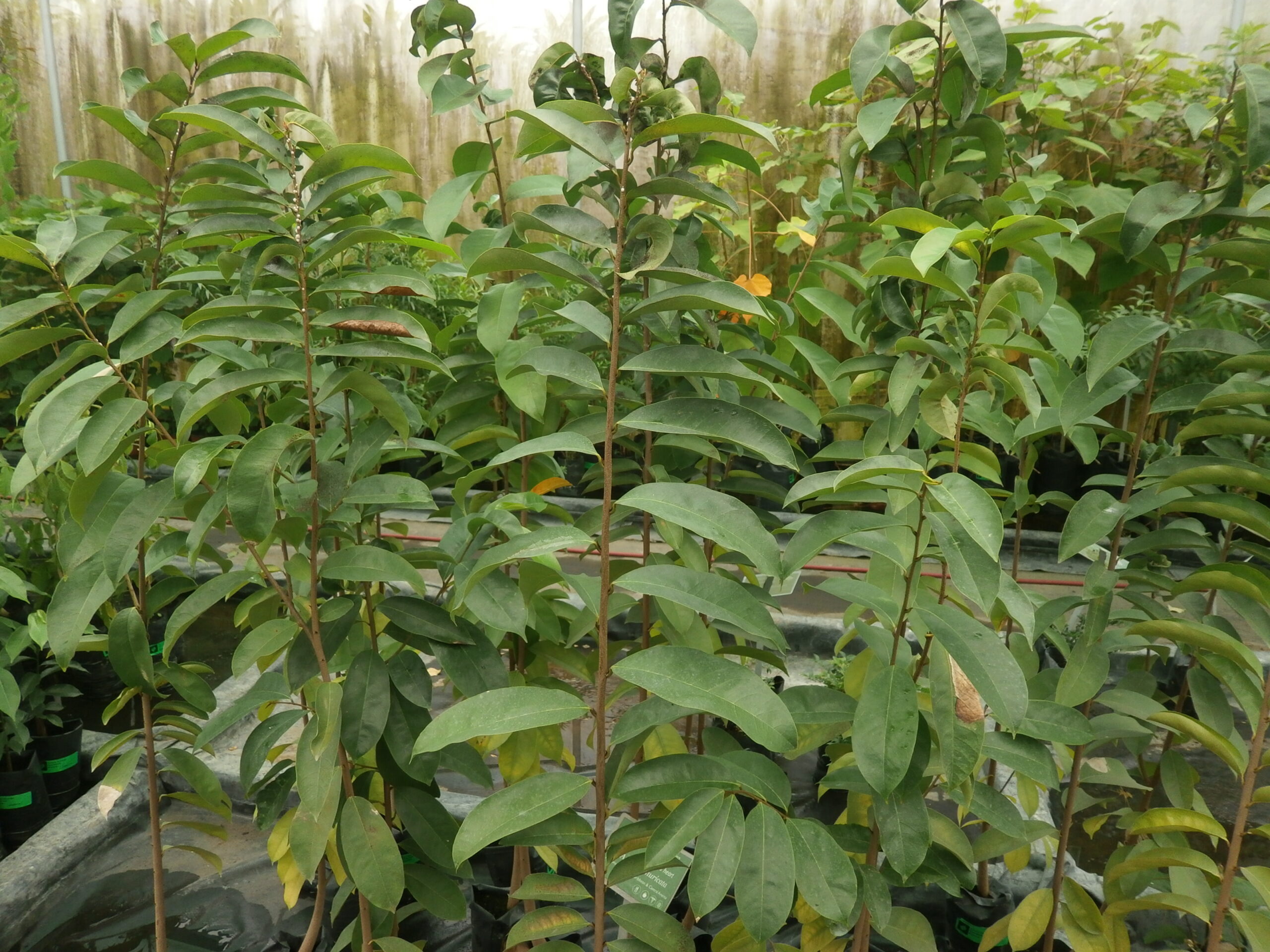
Soursop
₡3,750.00
SKU: 0900 Category: Fruit orchardScientific name: Annona muricata
Family: Annonaceae
Origin: Mexico and Tropical America
Medicinal use: Annona muricata, the soursop name of Taino origin, is cultivated for its edible fruits in many countries with a tropical climate. Both the fruit and the leaves of A. muricata are attributed medicinal properties. The most widespread is that it cures cancer but does not specify what type of cancerous tumor. The fruit has a delicious sweet and sour taste, ideal to consume in juices and smoothies; but also the leaves of the graviola have medicinal properties.
16 in stock
-
Out of Stock
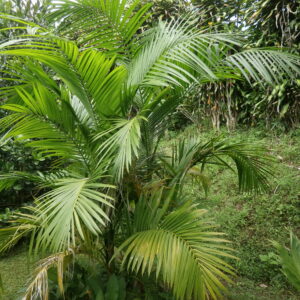
Palm, Acai
Fruit orchard ₡6,300.00 Read more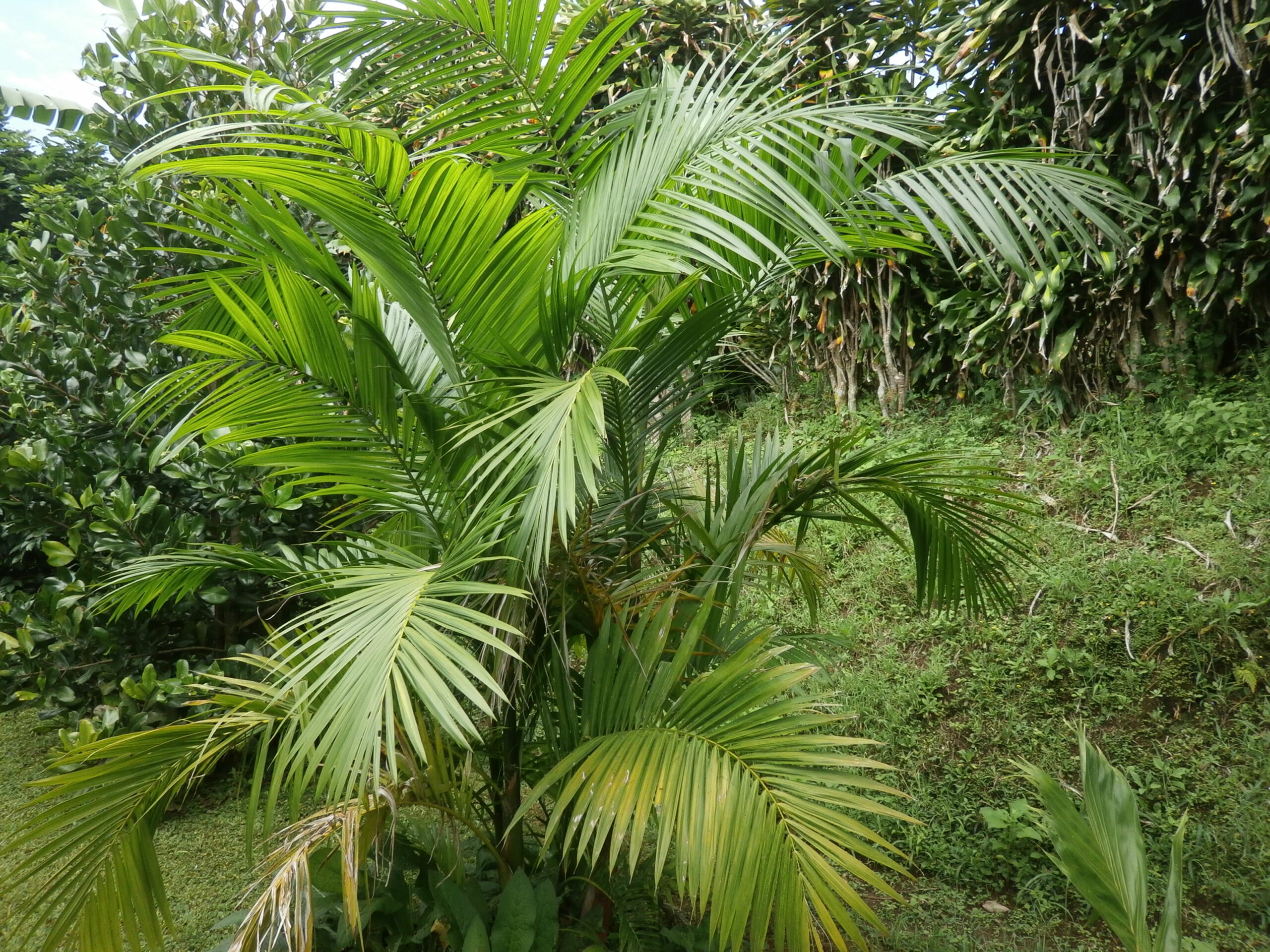
Palm, Acai
₡6,300.00
SKU: 1520 Category: Fruit orchardScientific name: Euterpe oleracea
Family: Arecaceae
Origin: S America
Medicinal use: The date palm appreciated for the nutritional properties of its fruit. Its consumption dates from pre-Columbian times and it is a very important food in the Amazonian diet. The fruit of this palm tree is edible and is consumed in the form of drinks, sweets, and ice cream. For every 100 g, the pulp of the fruit contains 8.1 g of protein; 52.2 g of carbohydrates (including 44.2 g of fiber).
Out of stock
-
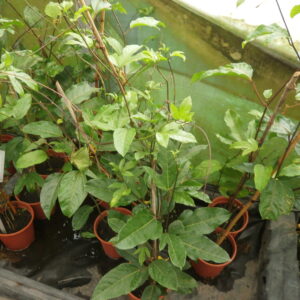
Passion fruit, Maracuya
Fruit orchard ₡1,900.00 Add to cart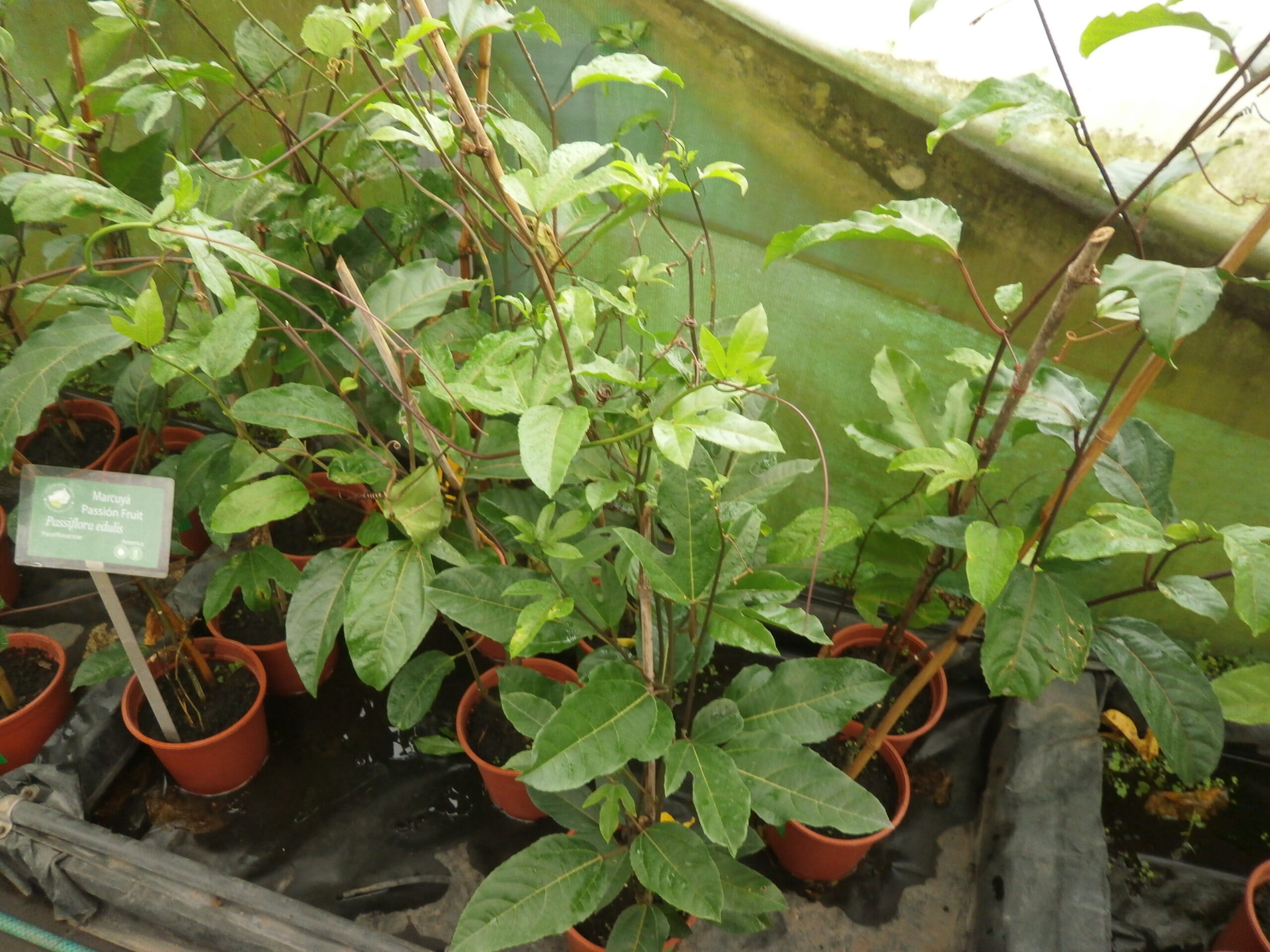
Passion fruit, Maracuya
₡1,900.00
SKU: 1310 Category: Fruit orchardScientific name: Passiflora edulis
Family: Passifloraceae
Origin: S America
Medicinal use: Passion flower (Passiflora edulis) is a climbing plant, typical of South and Central America; specifically, it is considered native to the Amazon of Peru, its edible fruit, yellow or purple, is the passion fruit. The passionflower fruit is an oval or round berry, between 4 and 10 cm in diameter, fibrous and juicy, covered with a thick, waxy, delicate and inedible rind. The pulp has a lot of little seeds.
3 in stock
-
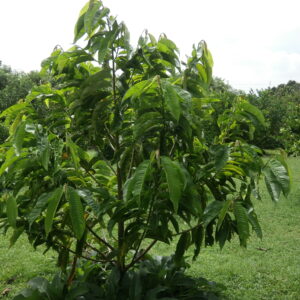
Biriba
Fruit orchard ₡3,750.00 Add to cart
Biriba
₡3,750.00
SKU: 0320 Category: Fruit orchardScientific name: Annona mucosa
Family: Annonaceae
Origin: S America
Medicinal use: Of the approximately 65 species of the genus Rollinia (family Annonaceae), only a few bear edible fruits and among the best known is the biriba. In the Amazon, the tree can flower and bear fruit throughout the year, but the fruits are more abundant from January to June. The fruit is considered analeptic and antiscorbutic. The powder from the seeds is said to be a remedy for enterocolitis. In addition, the fruit is consumed fresh and fermented to make wine in Brazil.
57 in stock

